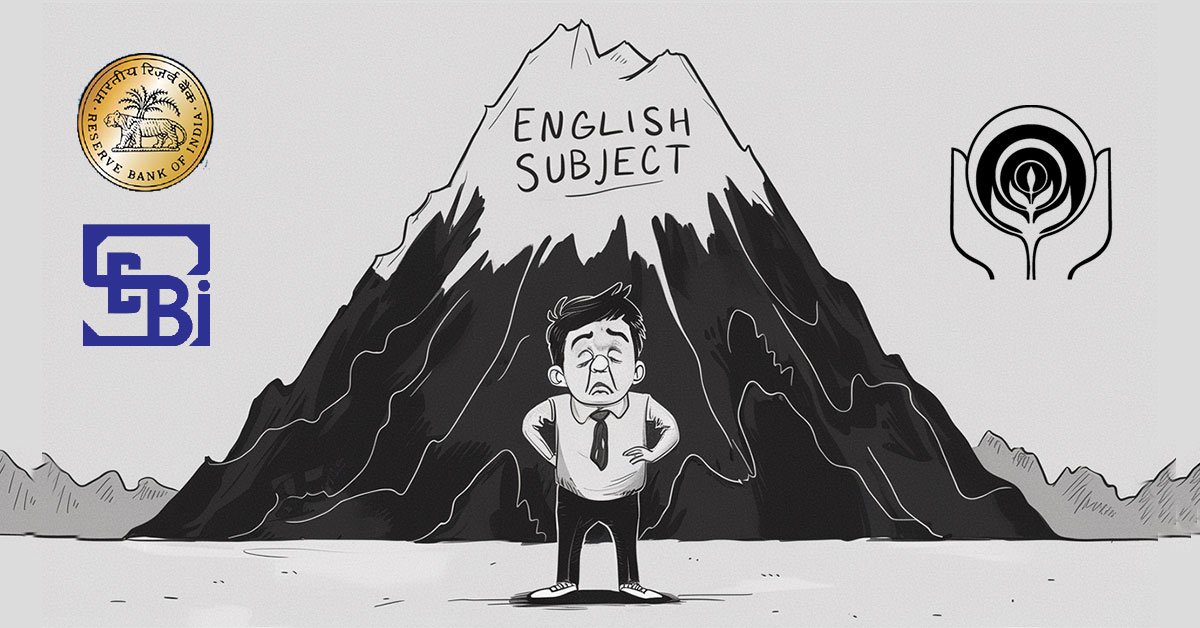Report Published By: World Economic Forum (WEF)
India’s Rank: 131 out of 148 countries
Global Gender Gap Closed: 68.8% (123 years to full parity at current pace)
Report Objective & Framework
The Global Gender Gap Report measures gender parity across four core dimensions:
- Economic Participation and Opportunity
- Educational Attainment
- Health and Survival
- Political Empowerment
Despite some educational progress, India continues to rank among the lowest globally, especially in economic inclusion and health outcomes for women.
Key Findings for India
Economic Participation & Opportunity (Rank: 143rd)
- Female Labour Force Participation (FLFP): Below 25%
- Gender Pay Gap: Women earn less than one-third of what men earn
- Underrepresentation: Women remain marginal in formal jobs, leadership roles, and entrepreneurship
- Lost Opportunity: McKinsey (2015) estimated $770 billion potential GDP gain by closing gender gaps
Health & Survival
- Skewed Sex Ratio at Birth: Reflects persistent son preference
- High Anaemia Prevalence: NFHS-5: 57% of women aged 15–49 are anaemic — impacting work, learning, and maternal health
- Lower Healthy Life Expectancy for Women than Men
Unpaid Care Work
- Time Use Survey: Women perform 7 times more unpaid domestic work than men
- This labour remains invisible in GDP accounting and is underfunded in public policy
Policy and Leadership Gaps
- Minimal presence of women in:
- Legislatures
- Corporate boardrooms
- Budget committees and judiciary
- Care economy infrastructure — childcare, elder care, maternity benefits — remains severely underdeveloped
Consequences of Gender Inequality
- Economic Underutilisation
- Wasting over 50% of India’s human capital
- Drags GDP growth, productivity, and innovation
- Demographic and Fiscal Strain
- With rising elderly population (20% by 2050) and falling fertility, low FLFP increases the dependency ratio, threatening fiscal sustainability
- Health-Linked Productivity Deficit
- Poor reproductive and nutritional health among women weakens:
- Labour productivity
- Educational attainment
- Intergenerational health outcomes
- Poor reproductive and nutritional health among women weakens:
- Policy Blind Spots
- Low female participation in policymaking leads to:
- Underinvestment in care infrastructure
- Poor gender targeting in welfare schemes
- Low female participation in policymaking leads to:
- Intergenerational Inequality Trap
- Girls in low-parity environments face poorer nutrition, education, and economic mobility, locking communities in poverty cycles
Way Forward
- Invest in Women’s Health
- Scale up public health funding focused on:
- Reproductive health
- Anaemia reduction
- Nutrition and preventive care
- Build the Care Economy
- Public investment in:
- Childcare centres
- Elderly care facilities
- Paid maternity support
- Best Practice: Uruguay’s National Care System
- Boost Female Labour Participation
- Skill training for emerging sectors
- Flexible work arrangements
- Enforce equal pay and workplace protections
- Institutional Reforms
- Make Time Use Surveys regular
- Expand gender-responsive budgeting
- Mainstream gender-disaggregated data in state and central planning
- Social Norms Shift
- National campaigns to:
- Dismantle patriarchal stereotypes
- Promote positive representation of working women
- Educate families on the value of daughters















